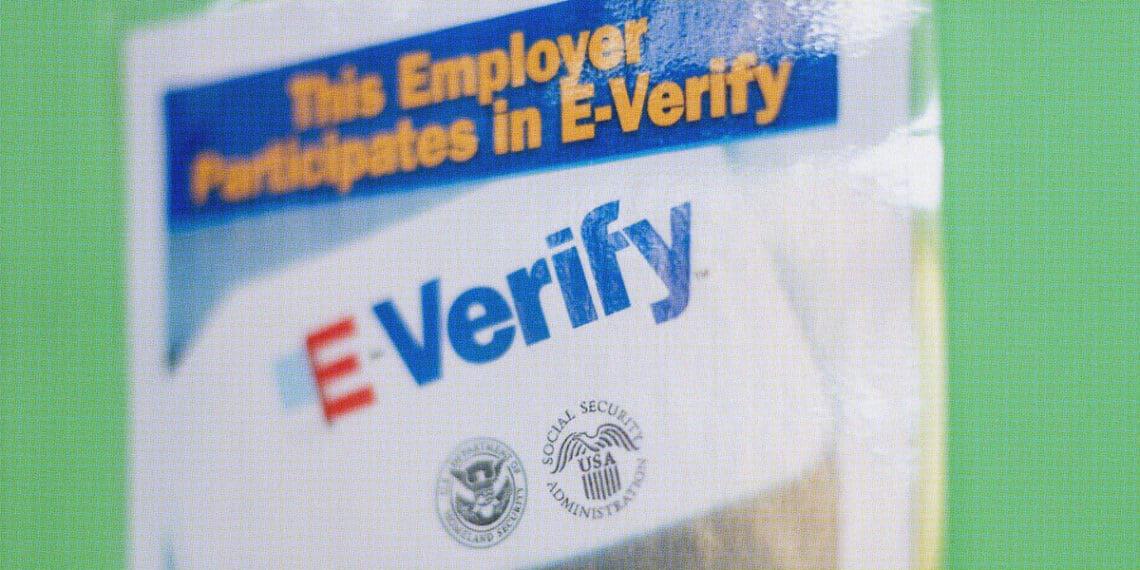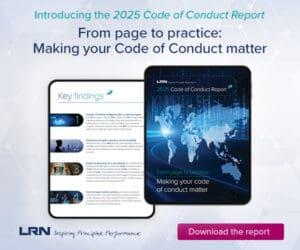The Immigration Reform and Control Act of 1986 mandates that employers verify that the people they hire to work in the US are, indeed, authorized to do so. In the sometimes hectic world of M&A, it’s not uncommon for companies to overlook certain aspects of I-9 compliance. Business immigration attorney Mary Kate Fernandez of Adams & Reese offers a compliance checklist for organizations engaged in M&A, asset sales and private equity transactions.
In the fast-paced world of mergers, acquisitions, asset sales and private equity transactions, the excitement of growth can overshadow critical compliance details. However, unaddressed I-9 compliance issues in any M&A deal may lead to civil penalties, government inquiries and workforce disruptions. Businesses acquiring US operations or workforce segments must assess employment eligibility records, mitigating any risks in the pre-closing process to ensure a smooth transaction.
I-9 compliance, mandated by the Immigration Reform and Control Act (IRCA), requires employers to verify the identity and employment authorization of individuals hired for work in the US. Immigration-related risks tied to employment eligibility records are real and can derail your post-closing success.
Here is an I-9 compliance checklist for businesses to follow when engaged in M&A deals:
I-9 inventory and accuracy
- Are Form I-9s on file for every employee hired since Nov. 7, 1986?
- Are all forms completed correctly and using the current version?
- Has the seller conducted any internal audits or self-remediation?
Government inquiries or enforcement history
- Has the seller received SSA no-match letters or notices from ICE, the Department of Homeland Security, DOJ or the Department of Labor?
- Are there any pending investigations or prior settlements relating to immigration compliance?
Status of foreign national employees
- Does the target employ workers on temporary visas (e.g., H-2B, H-1B, L-1, TN)?
- Have the required reverifications been completed and documented (via Supplement B)?
- Are public access files for H-1B, E-3 or H-1B1 employees complete and up to date?
As Trump Promises Immigration Crackdown, I-9 Landscape Is Poised for Upheaval
From increased worksite enforcement to potential E-Verify mandates, employers face a complex new era of hiring compliance
Read moreDetailsE-Verify participation
- Is the company enrolled in E-Verify?
- Is participation required under state law or government contracts?
- Has the seller consistently used E-Verify across worksites?
Subcontractor and joint employment risk
- Does the seller use staffing agencies or subcontractors for any portion of its workforce?
- Are there protocols for verifying compliance downstream?
Strategize onboarding
- Will the seller’s workforce be treated as continuous employees?
- Or should employees be treated as new hires with new I-9s completed?
Contractual protections: Recommendations for deal teams
- Incorporate representations and warranties confirming I-9 and immigration compliance.
- Use a schedule of exceptions to disclose known deficiencies.
- Negotiate indemnities tied to I-9 audit outcomes.
- Consider post-closing certification requirements for workforce integration.
Documentation request list: Key materials to collect
- Collect current employee roster with visa status, worksite and status expiration dates.
- Collect all I-9 forms and retention logs.
- Obtain copies of visa petitions, I-94s, USCIS/DOL correspondence and SSA mismatch letters, if any.
- Obtain public access files for each H-1B/E-3 employee.
- Provide written policies regarding onboarding, reverification and recordkeeping.
Post-closing items for buyers
- Perform an internal audit of inherited I-9s.
- Prioritize technical remediation where employee cooperation is still possible.
- Retain all original forms and document changes made post-closing.
- Centralize and align I-9 and E-Verify policies across legacy and acquired entities.
Conclusion
Ultimately, the excitement of an M&A deal should be matched with the diligence of I-9 compliance. I-9 errors can reflect systemic recordkeeping failures that can jeopardize closing timelines or expose buyers to future fines or workforce interruption. Early identification and structured remediation are critical, both to protect the acquiring entity and to meet regulator expectations.
By prioritizing early identification and structured remediation of potential I-9 errors — from pre-closing due diligence to post-closing integration — buyers can effectively protect their investment, avoid significant fines and ensure a seamless workforce transition.
Proactive I-9 compliance isn’t just about avoiding penalties; it’s about safeguarding the future success and stability of your newly integrated enterprise.




 Mary Kate Fernandez , an associate in the New Orleans office of Adams & Reese, focuses her practice exclusively on business immigration, representing employers across a range of industries. With experience guiding clients through US immigration regulations, she helps businesses sponsor and retain skilled talent from around the world. She also assists employers in addressing a wide range of employment issues related to immigration and international employment, ensuring they remain compliant with regulations.
Mary Kate Fernandez , an associate in the New Orleans office of Adams & Reese, focuses her practice exclusively on business immigration, representing employers across a range of industries. With experience guiding clients through US immigration regulations, she helps businesses sponsor and retain skilled talent from around the world. She also assists employers in addressing a wide range of employment issues related to immigration and international employment, ensuring they remain compliant with regulations. 






